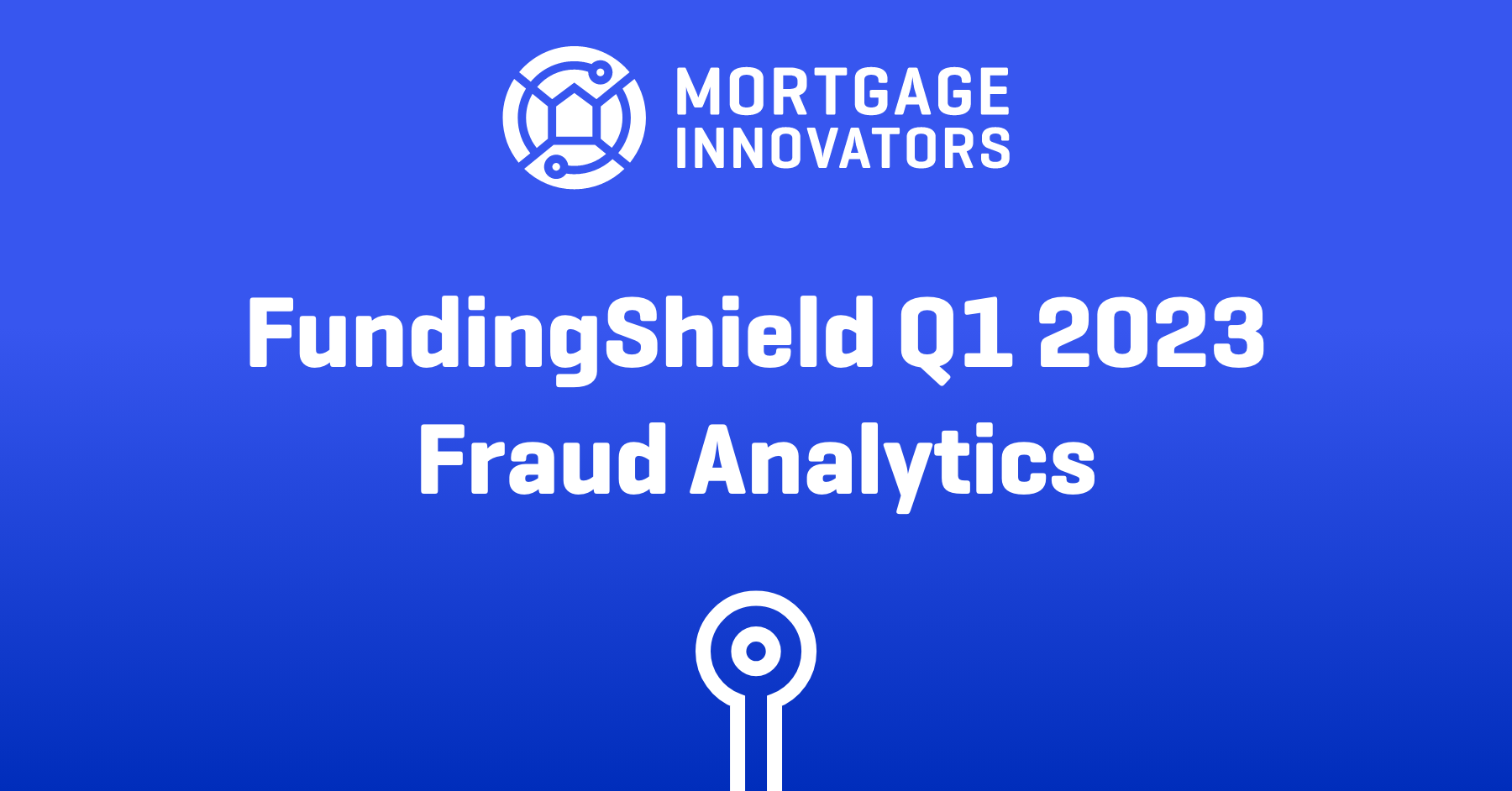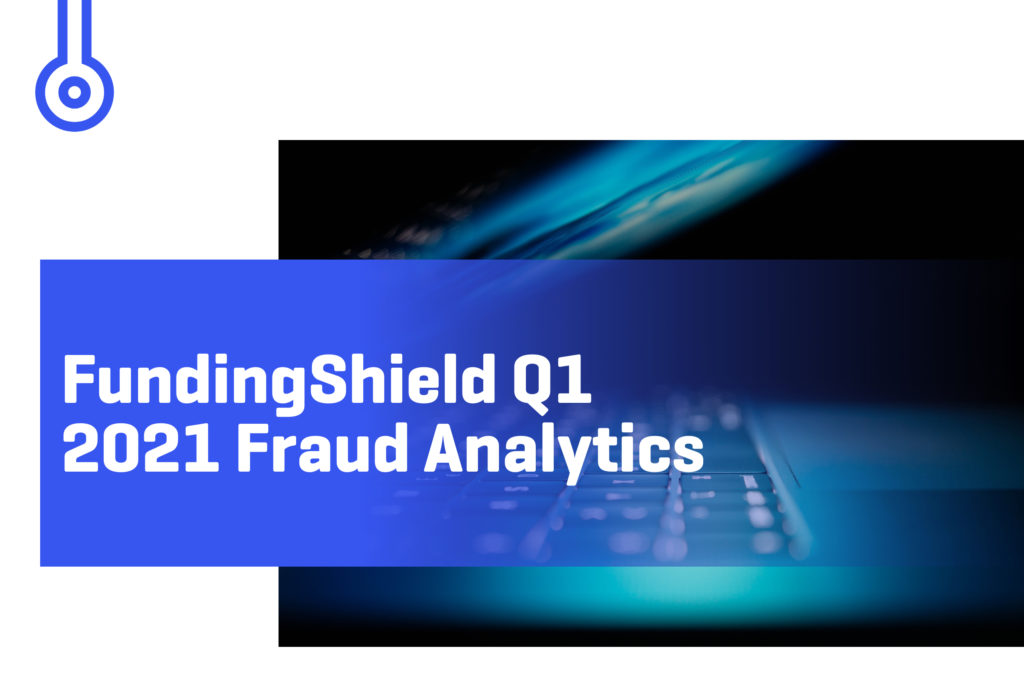Commentary from FundingShield’s CEO Ike Suri
Wire and title fraud risk reached another new record in the first quarter of 2023 at 51.6% of transactions having at least one risk issue. With this all-time high percentage of issues, the impact of a single wire or title fraud event could be catastrophic.
Cybersecurity and Cyber Insurance
Mid-size businesses (defined as those with 250-2000 employees) are particularly vulnerable to cyber-attacks due to lack of resources relative to the number of systems, endpoints and amount of data they hold. In the mortgage industry these mid—sized companies have borrower data, NPII and large amounts of money movements making their risk even greater. According to Huntress, a cybersecurity vendor, the following statistics are representative of the mid-size organization:
- 61% of mid-sized orgs do not have a dedicated cybersecurity expert on staff
- On average, for every 10 IT employees at an organization, one is dedicated to cybersecurity.
- 50% have no plans to increase cybersecurity spending in the foreseeable future.
- 47% do not have an incident response plan to manage an attack.
- 27% have no cyber insurance (where most lenders are required to carry some level of insurance to access financing lines or from a regulatory standpoint).
The FBI released its 2022 Internet Crime Report showing that the number of real estate related fraud complaints reported to the FBI grew to 11,727 in 2022 from 11,578 in 2021. This slight growth occurred despite a sizeable shrinking in the number of transactions during the year over year periods meaning a high growth in the rate of FBI reported fraud complaints per transaction occurred.
Insurer risks, closing agent fraud and defalcations
Financial distress, reinsurance costs for title insurers, lower title transaction volumes and lack of financial planning (reserves) at closing agents is starting to show in the market.
One closing agent committed fraud in Utah stealing client fund’s, issued fake title commitments and CPLs and in many transactions seems to have defalcated with client funds. FundingShield clients were protected from funding this entity once the closing agent started to commit fraudulent acts due to our transaction level validations and checks at the loan level. This is where data providers that are selling “real-time access” to static data fall short as they do not provide transaction analysis vs FundingShield where all our clients did not suffer a loss using our live data and tools.
A top 10 US bank’s senior executive shared with me that among their current top risk concerns is closing agent solvency, capital, and good standing (backing) with title insurers. As they put it, ‘we are in that ugly market cycle where fraud and financial distress at closing agents hit lenders hard’. This lender is reassessing the capital reserve strategy that the bank holds in anticipation of title losses and is seeking our services as it is cost and reputationally more advantageous to be on offense vs defense to manage closing agent and wire fraud risk.
Bank Stress, Live Source Data Verification versus Data Review:
During Q1 2023 FundingShield has been diligently working to protect our clients and customers from an increased amount of fraudulent activity that spawned on the back of the collapse of Silicon Valley Bank and Signature bank. Cyber criminals used fear, urgency, confusion and misinformation as currency to confuse depositors, suppliers, employees seeking payroll and much more. In the hours after the news of SVB was announced 70 domains containing the text “SVB” were launched (almost triple the normal pace of new email domain registrations) many of which were linked to fake websites created with the hopes of capitalizing on market fear.
The direct result of this was that many closing agents either were directly impacted and sought to move their escrow accounts to other institutions and many more sought to move escrow accounts to larger financial institutions. FundingShield held our client’s hand and worked to confirm the status of closing agents that held accounts at impacted institutions to determine if funds were to be routed to new banks. Further we quickly validated that those new bank accounts were legitimate accounts held in the licensed entities’ name. This was a big driver of the near 20% rise in wire related risk we saw in Q1 2023.
Other solutions in the market that simply confirm that text and account digits are matching on wire payment instruction PDF’s into the lender’s data input of the unverified wire instructions into the LOS do not confirm the bank account ownership, payee identify and escrow parties good standing. This resulted in losses to several lenders using other market solutions who have since approached FundingShield to adopt technology that takes these necessary steps. FundingShield has been maintaining the industry’s largest live, cloud-based ecosystem to protect closings from fraud since 2016 used on over $2.65 Trillion in closing.
Quarterly Data
During Q1-2023 overall 51.6% percent of transactions had issues leading to wire & title fraud risk and 5.5% of transactions were not registered or valid in title insurer systems at time of closing.
Further there was a 18.4% increase in wire instructions issues and a 14.52% increase in Insurance coverage issues during Q1. These are all near all-time high levels for each category occurring commensurately. We are seeing a rising portion of bank lenders seek services on the back of the FDIC bailout citing Fed and FDIC increased focus on 3rd party and fraud risk. Our $5mm per transaction coverage, the only offering of its type in the market, is a key driver to addressing the risk in the market.










